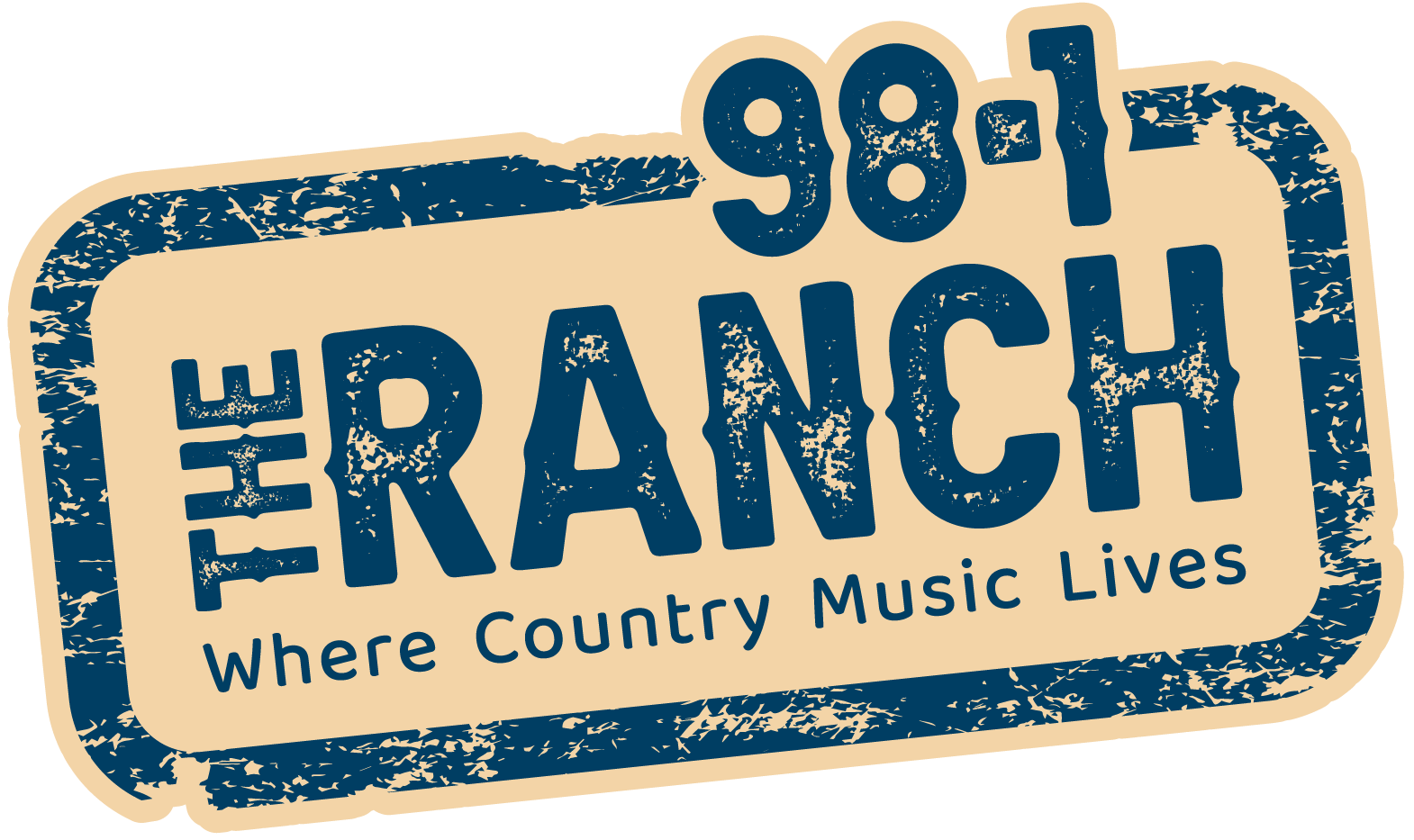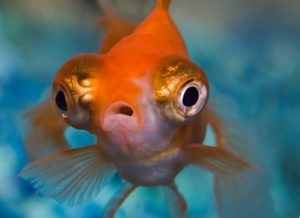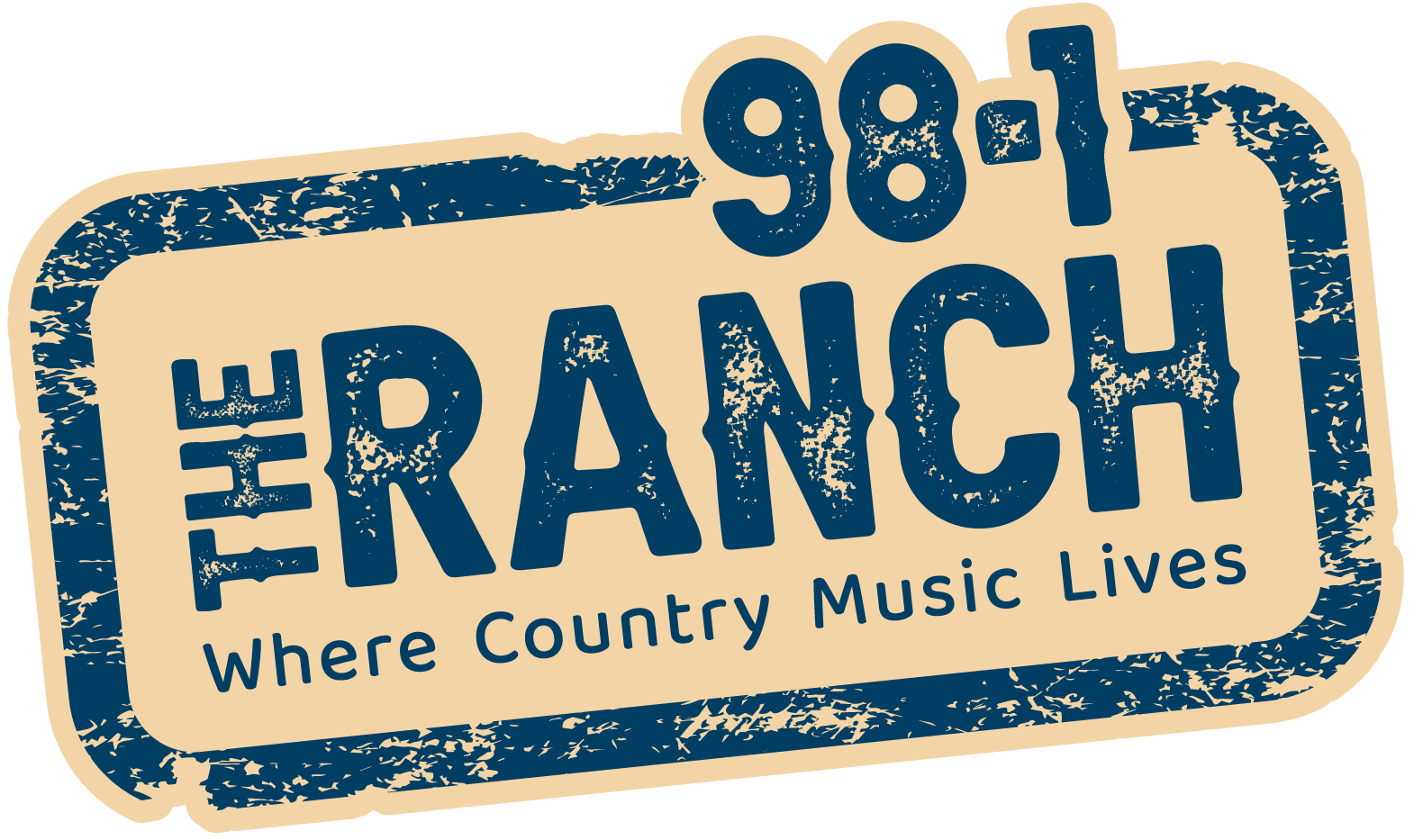Invasive species or plants or animals not native to an area are considered bad.
According to the City of Lethbridge, they are introduced either by accident or on purpose.
Invasive species can disrupt land and water ecosystems, harming the environment. They’re capable of outcompeting native plants and animals, essentially taking over. The result is less species diversity and lower health of our environment. Just 16 invasive species in Canada result in $13 billion to $35 billion in lost revenue every year.
Goldfish are one of those troublesome, but yet lovable pets. Goldfish are native to Asia, not Canada. Here, they are great for swimming around the tank in your home. But if released to ponds or rivers, goldfish can cause severe damage to aquatic ecosystems. They reproduce quickly, outcompeting native species for food and reducing biodiversity.
Goldfish can negatively impact water quality and increase algae blooms – no one likes dirty water. Removing goldfish from storm ponds or other aquatics ecosystems can be difficult, costly and further damage the environment.
The City says it removed more than 87,000 goldfish from Firelight Pond in west Lethbridge in 2022. “This effort cost tens of thousands of dollars.”
While not in Alberta yet, aquatic invasive species like freshwater zebra and quagga mussels, are taking over some waterbodies in other parts of Canada. Alberta Fish and Wildlife is actively monitoring for them at the borders to keep these critters out. Don’t harbour these fugitives – it’s a hefty fine. Make sure you properly clean, drain, dry and inspect your boat when moving from one water body to another.
Report invasive species to Alberta’s invasive species hotline at 1-855-336-BOAT (2628) or document the sighting at eddmaps.org. You can also visit the Alberta Invasive Species Council website to learn how to identify and minimize the spread of invasive species.







